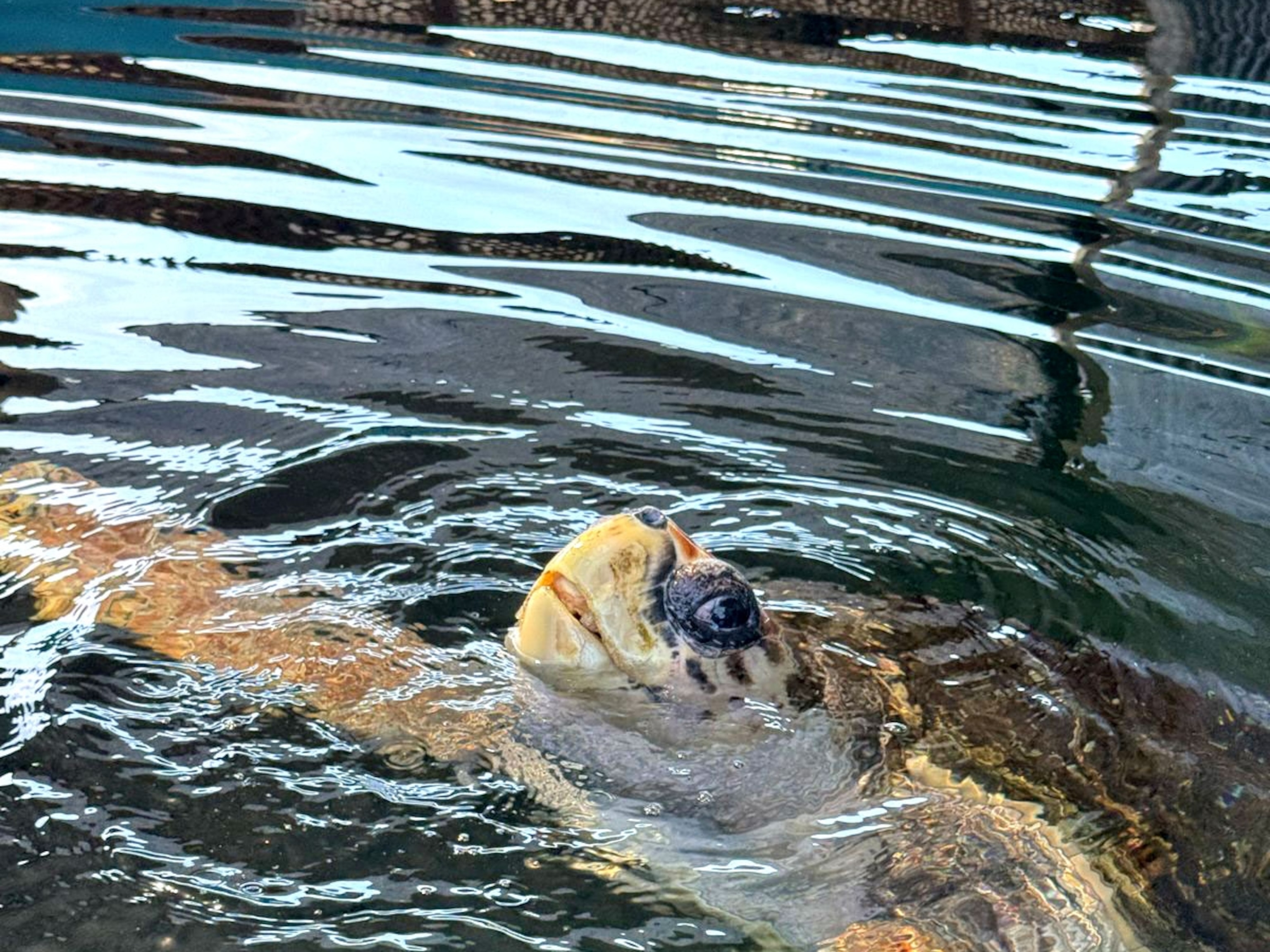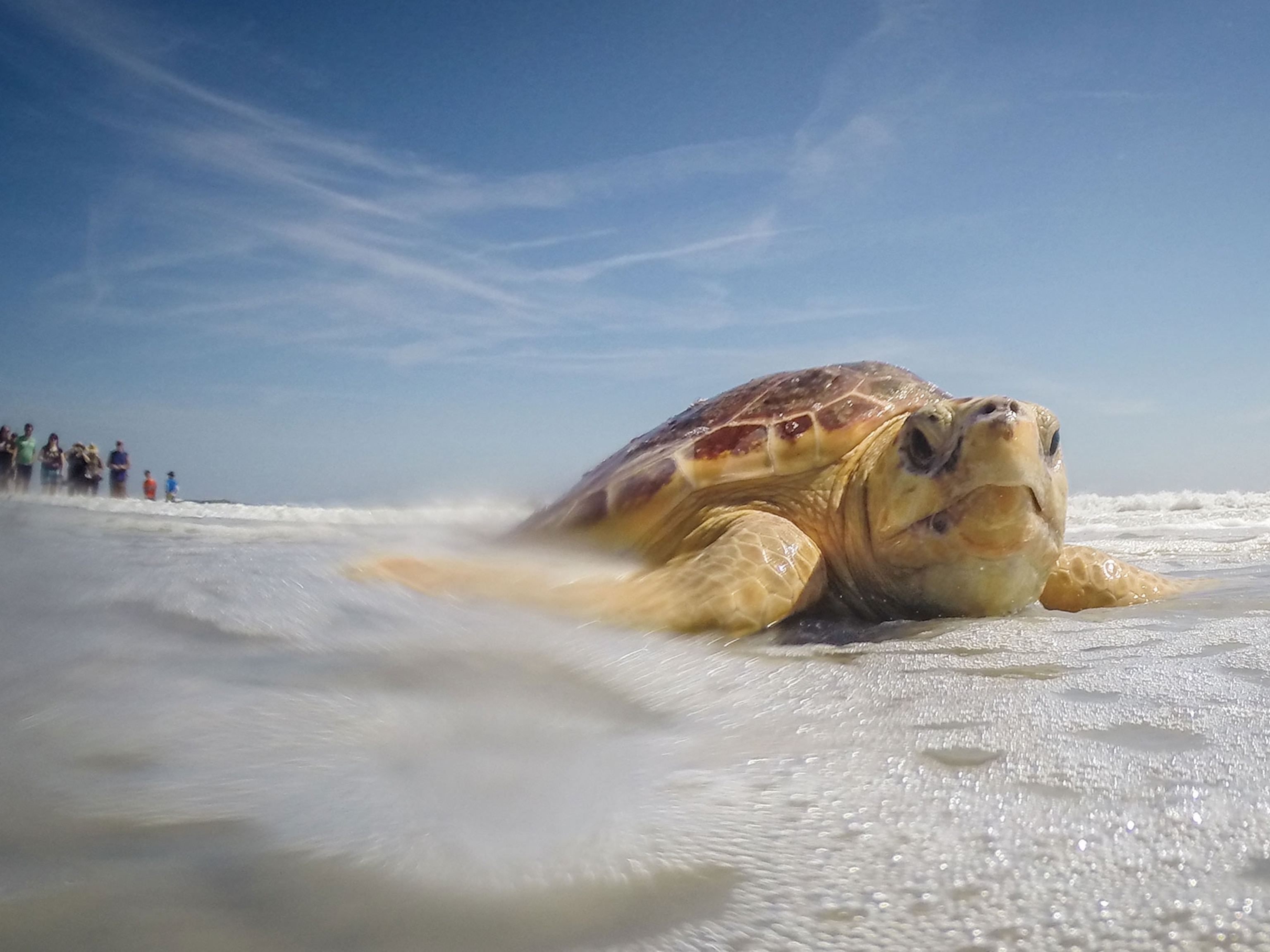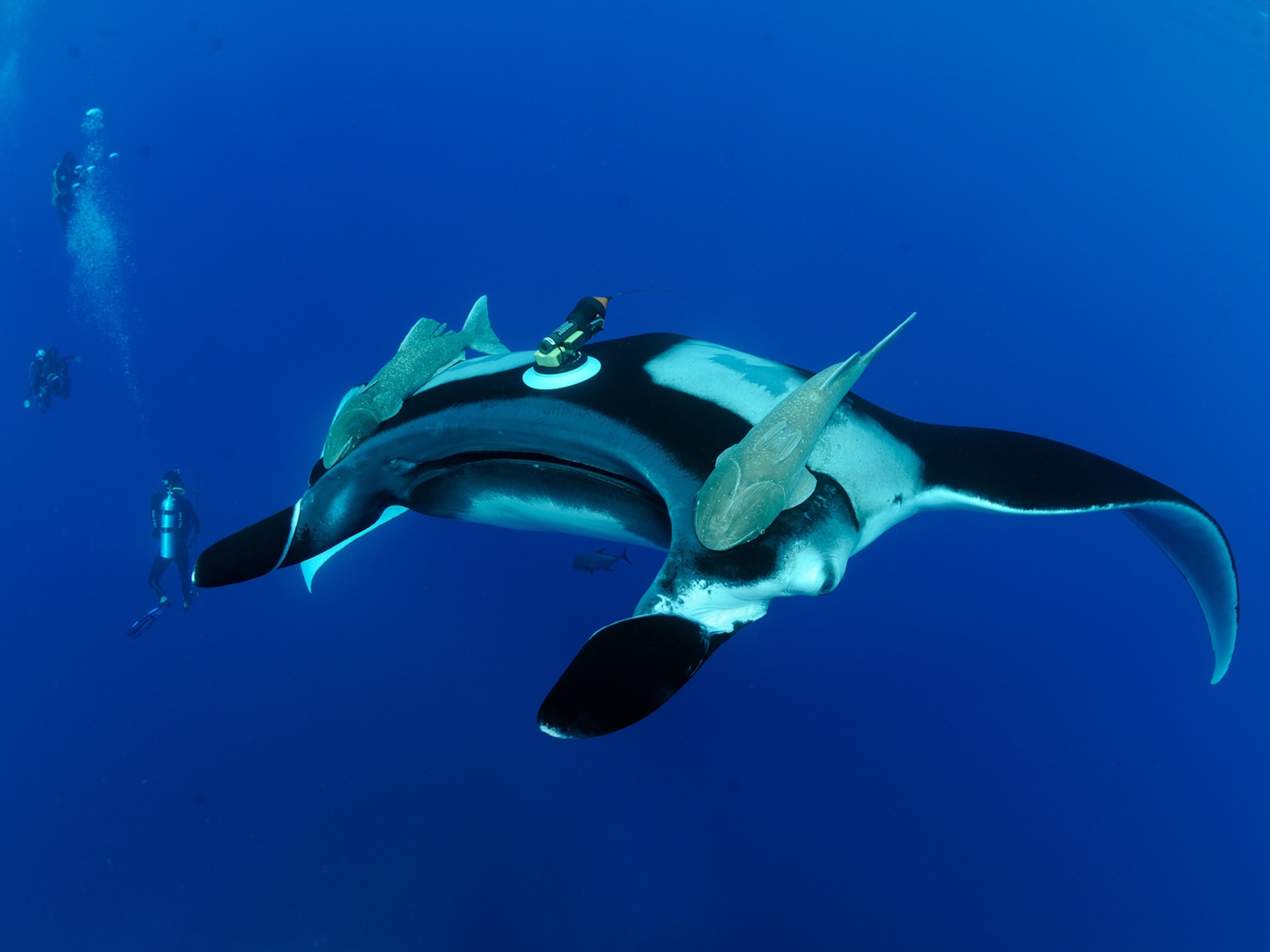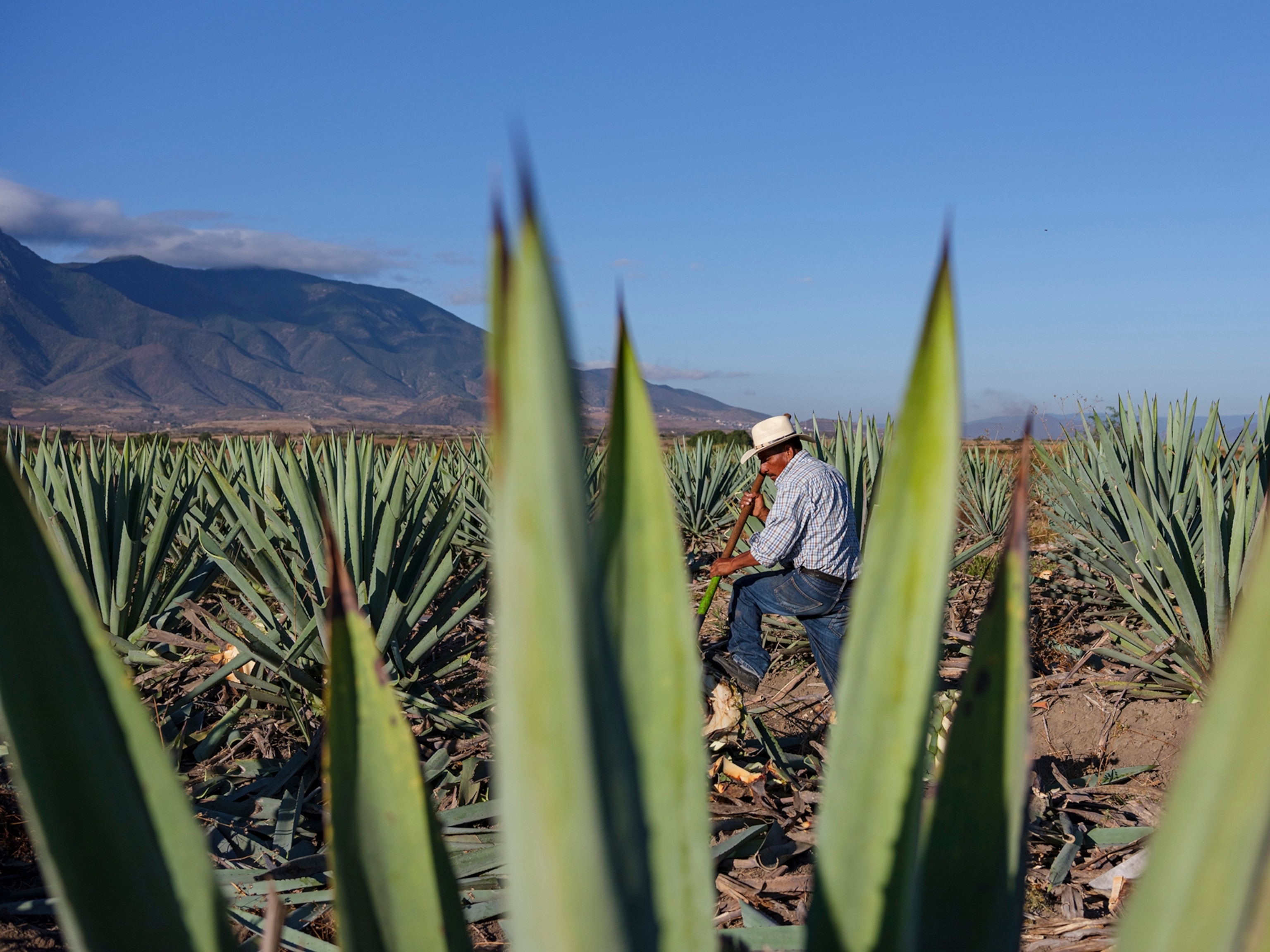13 graceful pictures of rare sea turtles
On World Sea Turtle Day, see photos of one of the most vulnerable animal populations on Earth, some of which are near extinction.
Sea turtles are one of a small number of species alive today that once roamed with dinosaurs, as far back as 150 million years ago. But despite their long history on this planet, sea turtles are now facing an existential crisis.
Of the seven species that swim in our oceans today, all face potential threats. The hawksbill sea turtle and the Kemp's ridley sea turtle have the most uncertain future—the International Union for Conservation of Nature classifies both as critically endangered.
Sea turtles feel the brunt of human influence on the environment. These animals inhabit both marine and beach ecosystems, and experts warn their extinction could harm seagrass beds and other ecosystems on which people also depend.
The world's most vulnerable sea turtles face threats at all stages of their life. Sea turtle eggs are frequently harvested and consumed as a delicacy. The beaches upon which they depend to lay eggs and hatch their young are also disappearing or being degraded. And sea turtles are being born mostly female because of climate change, leading to a crisis in sex ratios.
As adults, sea turtles face threats from commercial fishing practices. Since the 1970s, incidental take, which refers to the unintentional catch of endangered or threatened species, has been identified as the largest threat to sea turtles associated with commercial fisheries. Shrimp boats in particular regularly drown and suffocate sea turtles with their nets and trawls.
Of the seven sea turtles found around the globe, six travel through U.S. waters and are therefore protected under the Endangered Species Act. Because sea turtles can migrate as many as 10,000 miles across multiple oceans, multilateral agreements have been established internationally to ensure that each turtle is protected across all the regions it inhabits.
Conservationists say that identifying key migration routes and nesting beaches are key to saving these species.
Learn about the National Geographic society's Pristine Seas initiative and what's being done to conserve marine ecosystems around the world.

















